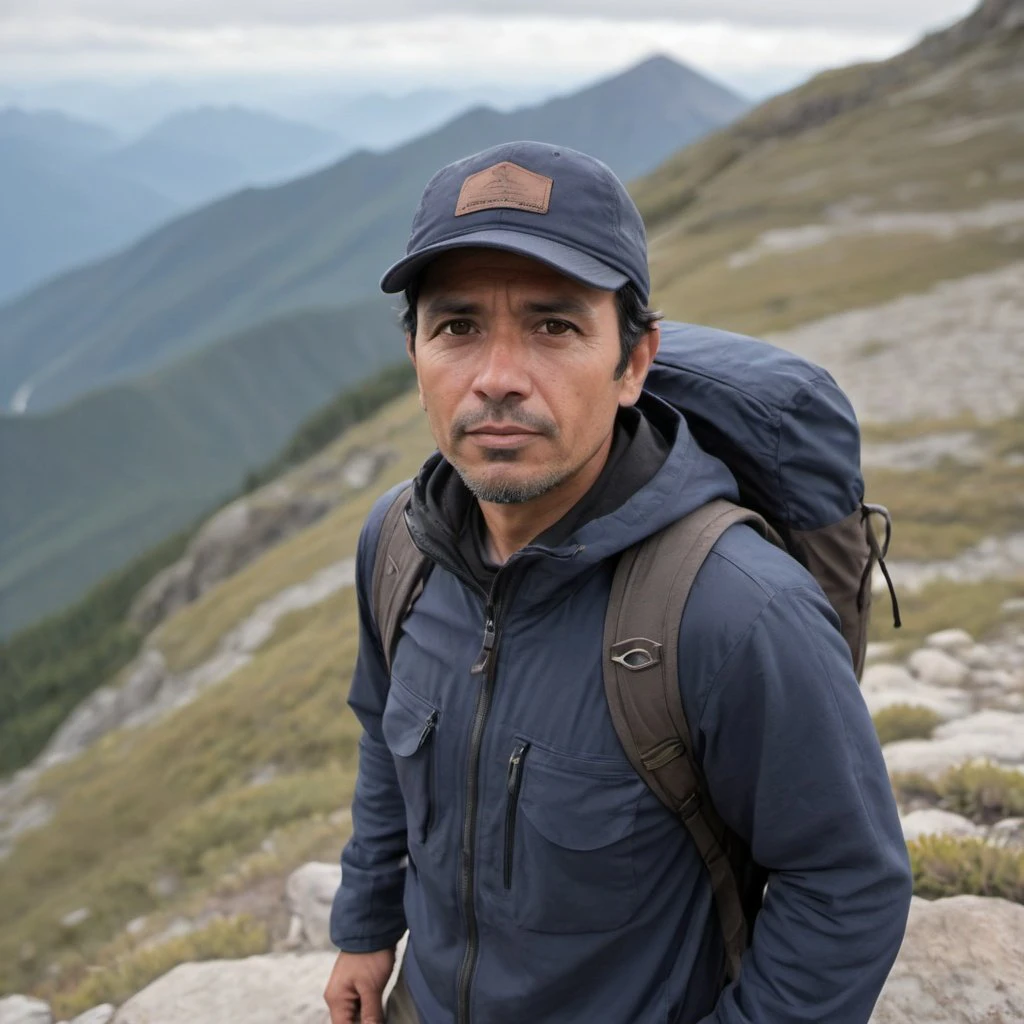Deep in the wilds of Canada is Mount Logan, a majestic sight and the highest point in the country.
Rose up on the formidable massif of the St. Elias Mountains, Mount Logan is a testament to the geological processes that have shaped and changed Canada for millions of years.
I discuss the majesty of this mountain, its mystical background, why it is important to Canadian history, and the stories of those who have tried to climb it.
We’ll some deep into its climbing, see all the exploratory activities, and admire the natural beauty of the towering summits of the greatest peaks of Canada.
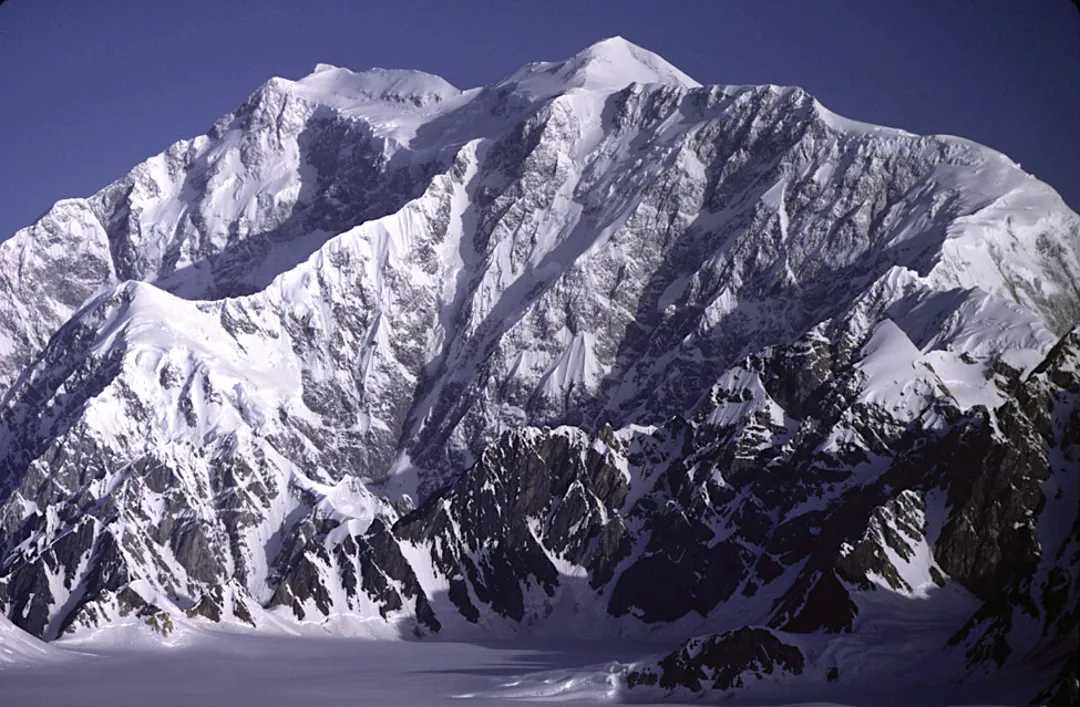
What Is the Tallest Mountain in Canada?
Mount Logan, which is the highest mountain in Canada and is a member of the Saint Elias Range, the most stunning mountain range for its height and bulk in all of North America, is quite the mount in Yukon for its girth at the bottom as well as the unique rise to its peak.
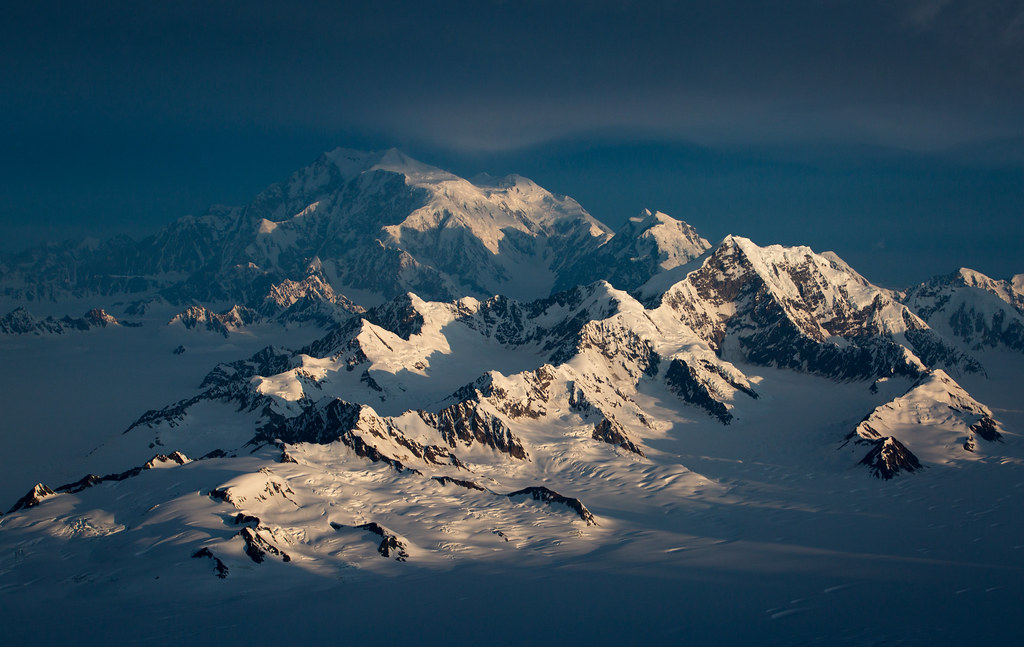
This mighty giant stands 5,959 meters (19,551 feet) tall, making it one of the most recognizable peaks in the North American mountain range.
But Mount Logan isn’t just a high point. It defies conventional assumptions in other ways as well.
It’s actually still getting taller, as the tectonic plates beneath it continue to shift and expand.
That makes it a living exhibit that you can’t take your eyes off — and isn’t that the mark of a truly great mountain?
History and Exploration
Mount Logan has a story befitting its massive size.
The mountain is named after Sir William Edmond Logan, a famous Canadian geologist, so it wasn’t long before adventuresome types took an interest in it.
By the 19th century, the mountain had been spotted, and its remote-Yukon-wilderness setting made it all the more enticing for explorers looking to go where no one had gone before.
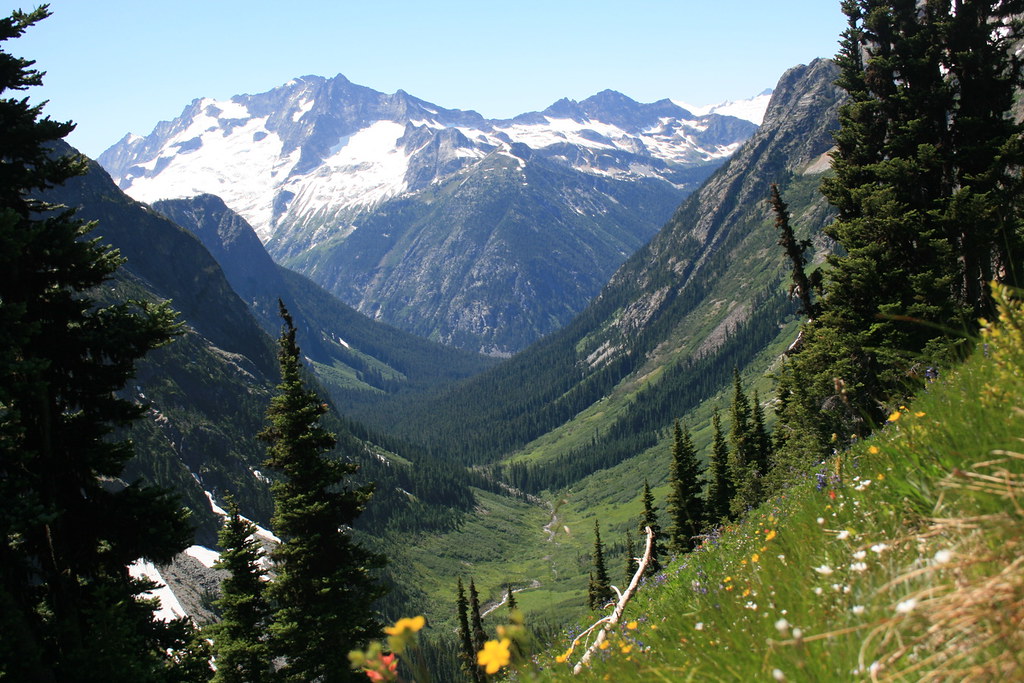
It is interesting to note Mount Logan’s place in the history of exploration in Canada.
Early explorers found it difficult to explore the mountain, mainly because of the harsh weather conditions and challenging landscape.
However, the rewards were well worth the risks for those scientists wanting to explore and study the local geology and wildlife.
A team finally reached its summit and was successful in 1925, which was an important moment in the history of mountaineering.
This accomplishment helped to reinforce Mount Logan as an important part of Canada’s adventurous history.
Adventure Opportunities at Mount Logan
Climbing and Expedition Opportunities
Mount Logan is a climber’s dream — as well as a test of skill and fortitude.
Its soaring elevation and rugged topography ensure that those who do scale its summit are sure to earn it.
Because of its remoteness and the weather challenges Mount Logan presents, an expedition to the top is a pretty challenging adventure.
It’s not for novices, but mountaineers will surely love it!
The views from the top are surreal and the thrill of having conquered Canada’s highest point is just incredible.

Best Seasons and Guides Available for Expeditions
When it comes to climbing Mount Logan, proper timing is essential. The optimal time for expeditions on the mountain is late spring and early summer.
However, the weather can still be unpredictable. It’s in your best interest to book a skilled guide.
They have the inside scoop on the region, offer safety precautions, and assist in several capacities.
Using a guide ups your odds of summiting and makes your trip more enjoyable.
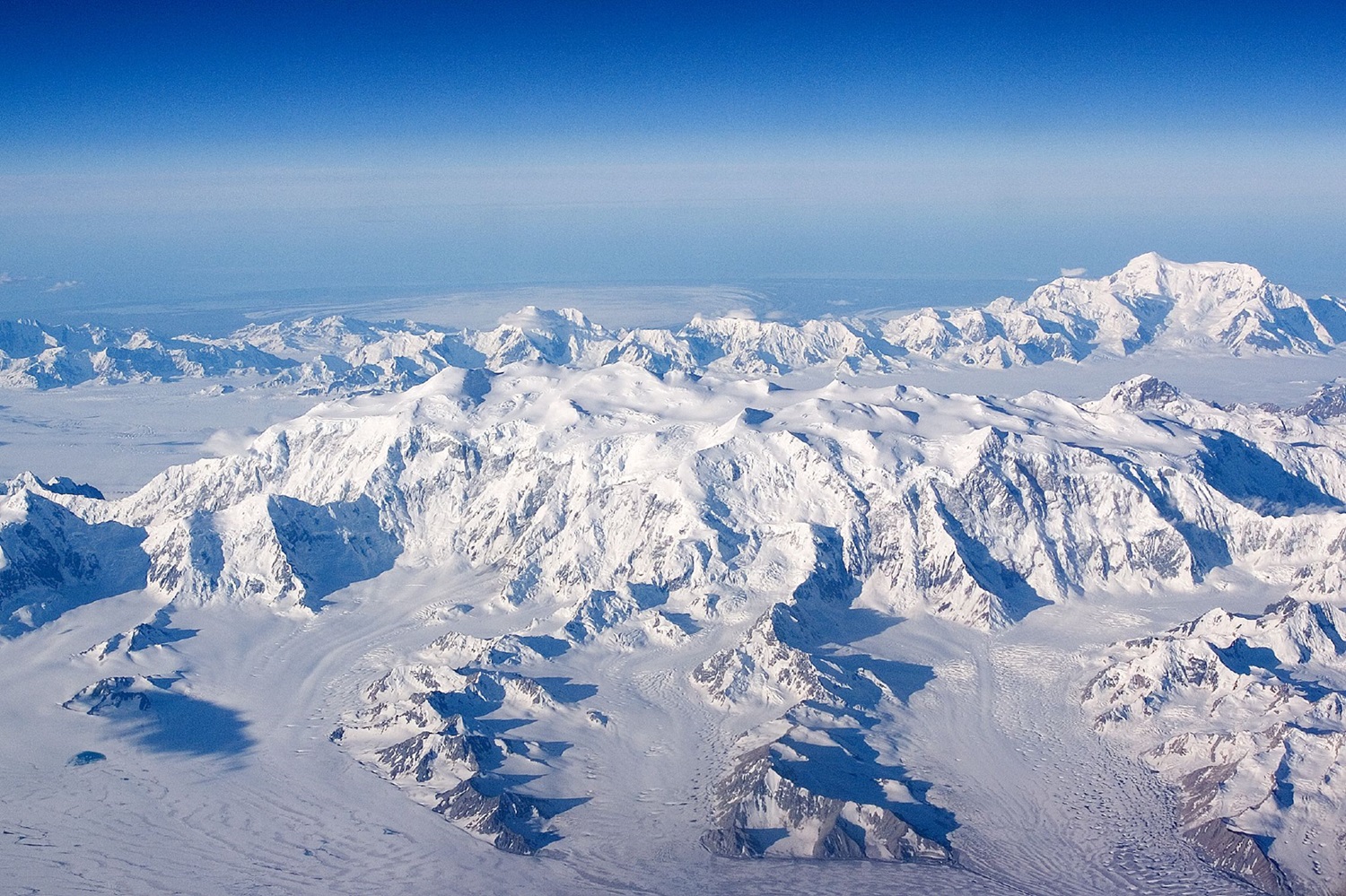
Other Outdoor Activities in the Region
And it’s not just all about Mount Logan. The areas surrounding the mountain offer endless adventure for outdoor lovers.
Hiking in the endless mountain landscape will have you feeling like you’re walking on another planet.
Paddling a kayak down a river in the area will make you appreciate the beauty of this Earth as water meets rock.
Bird enthusiasts will find a plethora of species in the area. There is something for everyone in the shadow of this mighty mountain.
Top 10 Tallest Mountains in Canada
1. Mount Hubbard (Yukon/Alaska)
Rising 4,557 meters (14,951 feet) on the Yukon-Alaska border, Mount Hubbard is one of the peaks in the Saint Elias Range.
It makes for a jaw-dropping view of wild wilderness for those adventurous enough to attempt it.
It may not be the most imposing peak out there but its location and views of a glacier are worth the trek for any lovers of the mountains.

2. Mount Fairweather (British Columbia/Alaska)
Mount Fairweather (4,671 meters/15,325 feet) does indeed live up to its name, provided the weather cooperates.
Located on the border between British Columbia and Alaska, the mountain is famous for its sudden shifts in weather.
Its steep rise above the tranquil surroundings provides a stunning scene that hikers and climbers find irresistible.
3. Mount Slaggard (Yukon)
At 4,742 meters (15,558 feet), Mount Slaggard’s difficulty, coupled with its isolation and rugged landscape in the Yukon, is its most notable feature.
The mountain isn’t climbed as often as any of the ones above, making it a mysterious and alluring option. If you want to explore truly remote and wild Canada, come here.
4. Mount Vancouver (Yukon/British Columbia Border)
At 4,812 meters (15,787 feet), Mount Vancouver straddles the boundary between Yukon and British Columbia.
The peak is one of the icy behemoths of the Saint Elias Mountains, and summit attempts on it are highly prized and difficult.
Its isolation means that those who consider the journey are seeking a true alpine challenge.
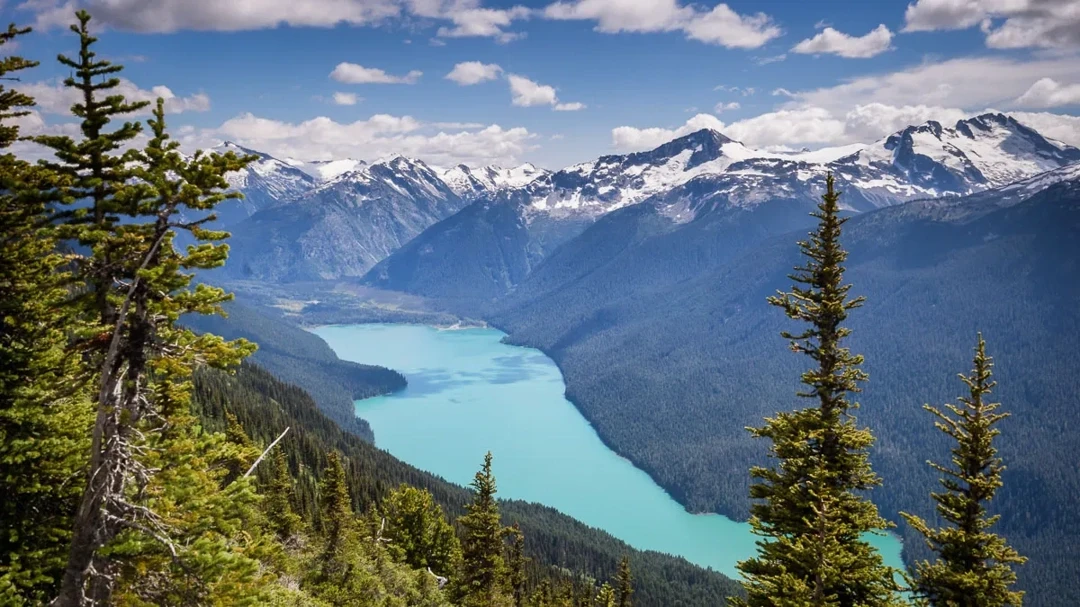
5. Mount Wood (Yukon)
Topping out at 4,850 meters (15,912 feet), Mount Wood is one of the taller and more distinctive peaks in the Yukon.
Its appearance is mesmerizing and draws the eye, acting as a beacon for climbing enthusiasts.
And, with its height, tough approach, and sheer scenic splendor, it’s really for the most intrepid travelers.
6. Mount Steele (Yukon)
Mount Steele, at 5,067 meters (16,621 feet), is one of the major peaks in the Saint Elias Range.
It’s known for its size and its sweeping vistas, and it’s a popular destination for experienced climbers.
The mixed weather and vertical glaciers found on it can challenge even the most skilled mountaineers and excite those who love wild landscapes.
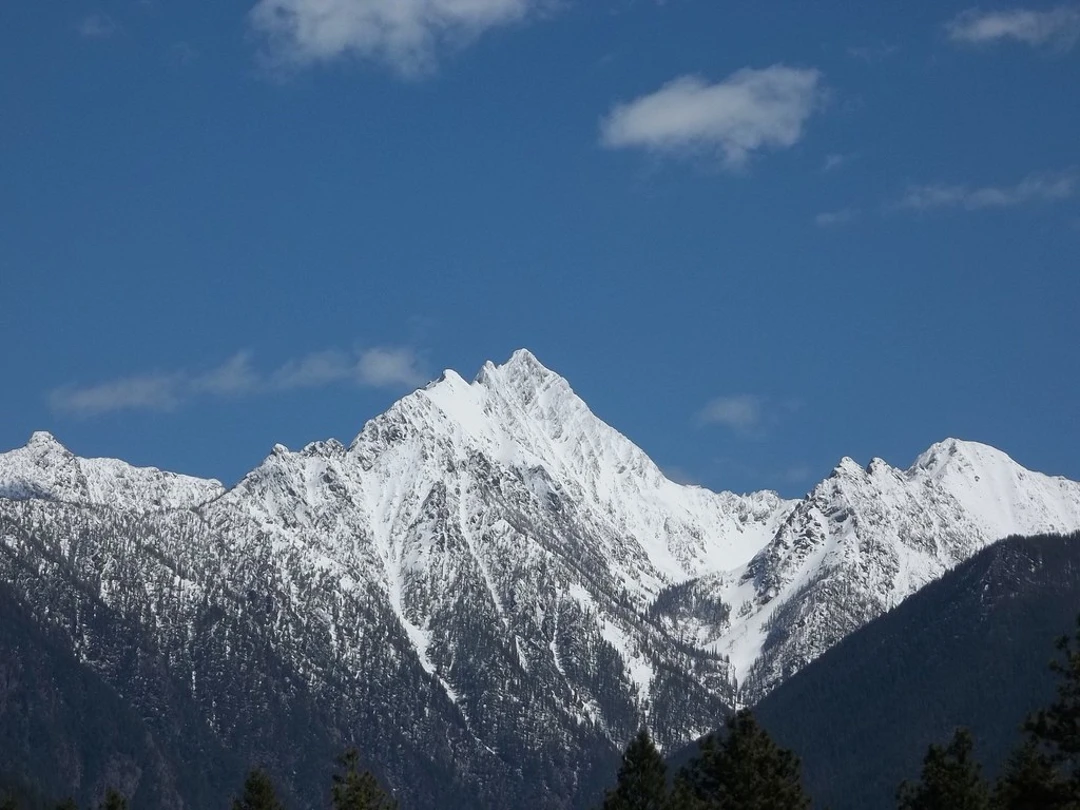
7. Mount Root (Yukon/Alaska)
Mount Root, which reaches 5,028 meters (16,493 feet), is an impressive peak on the Yukon–Alaska border.
It was named after the eminent statesman Elihu Root, so there’s a bit of history to the place, too.
If you make it, you’ll enjoy awe-inspiring views and see first-hand the fierce majesty of this icy terminus.
8. King Peak (Yukon)
As it rises to 5,173 meters (16,972 feet) in the Yukon area of the Saint Elias Mountains, King Peak is nothing if not lofty.
A favorite of ambitious solitude-seekers, it provides a serene and unusual challenge for experienced climbers willing to venture off the beaten track.
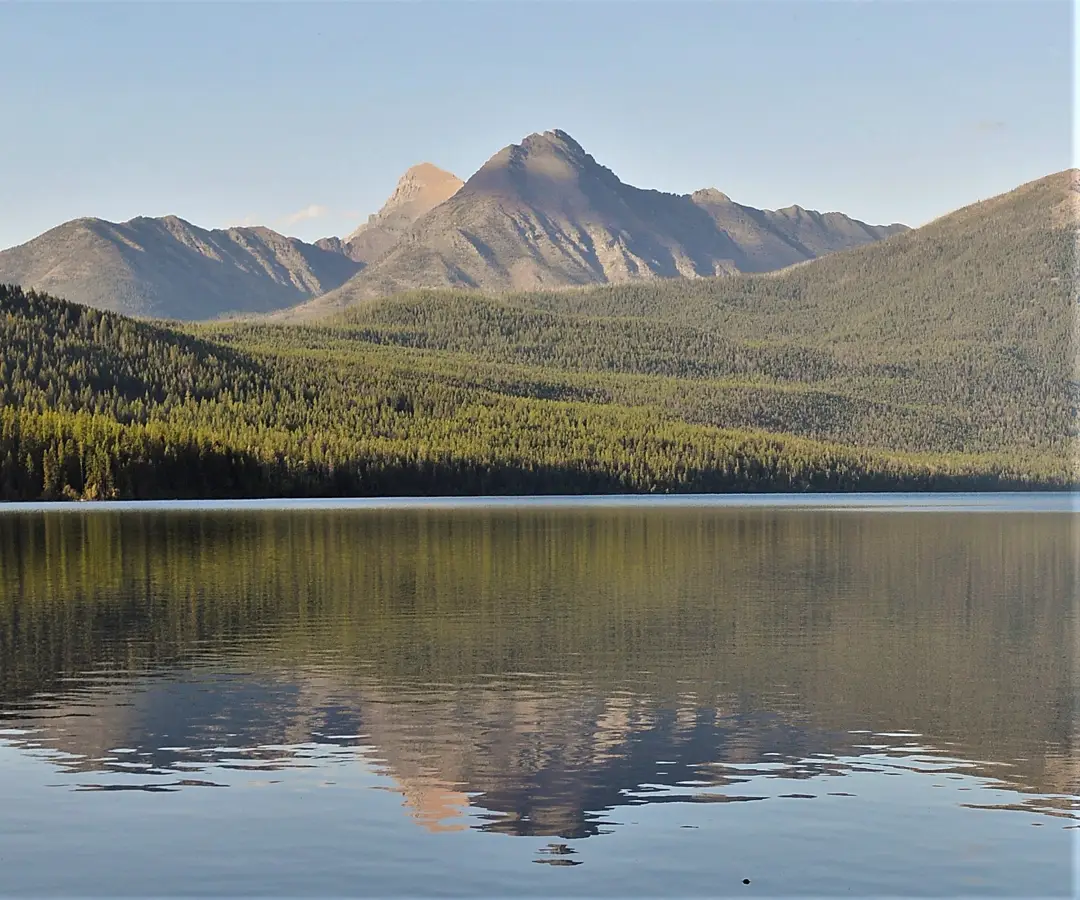
9. Mount Lucania (Yukon)
Growing to a height of 5,226 meters (17,146 feet), Mount Lucania isn’t a walk in the park when it comes to scaling it.
Its sheer size and the fact that it’s located in the Yukon territory means it’s a sought-after and difficult climb.
Being so remote, it requires two things: tons of preparation and some experience, which only adds to your sense of achievement once you’ve reached the top of the mountain.
10. Mount Saint Elias (Yukon/Alaska)
At 5,489 meters (18,009 feet), Mount Saint Elias is truly massive.
It sits on the border of the Yukon and Alaska and is the second highest peak in both the United States and Canada.
Its stature and incredible prominence in the Saint Elias Range make it one of the most powerful looking mountains in North America.
Those who climb it enjoy breathtaking views and the thrill of conquering a monster.
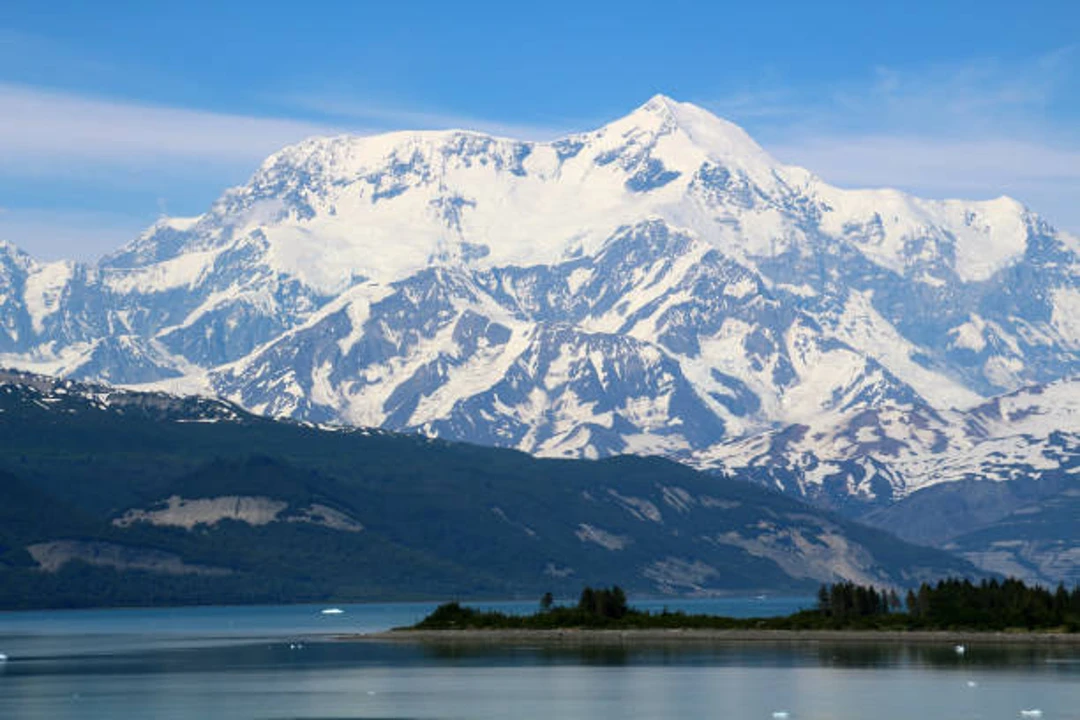
Tips for Travelers
A trip to Mount Logan is a trip into the wilderness, where nature calls the shots. But with a little know-how, you’ll be better prepared.
Below are all the things you need to know, from how to select the right route to what you’ll need to stay safe.
Choose the Right Route
Research the various trails leading to Mount Logan. Each route offers unique views and challenges.
The most popular trails are well-marked but still require caution. Speak to local guides or experienced hikers for advice on the best path that suits your skill level.
Plan Your Transportation Wisely
Getting to Mount Logan isn’t straightforward. Most travelers fly into Whitehorse, Yukon, and then continue by chartered flights or long drives to the park.
Ensure you book your transportation in advance, especially during peak seasons.
Pack Essential Gear
The weather in the Saint Elias Range can be unpredictable.
Bring sturdy boots, waterproof clothing, and layers for warmth. A good quality tent, a reliable GPS, and communication gear are must-haves too.
Acclimatize Properly
If you’re attempting a climb, take time to acclimatize before heading to higher elevations. Gradual ascents help your body adjust and reduce the risk of altitude sickness.
Respect Wildlife
Mount Logan’s region is home to diverse wildlife. Maintain a respectful distance and avoid disturbing animals. Carry bear spray and know how to use it as a precaution.
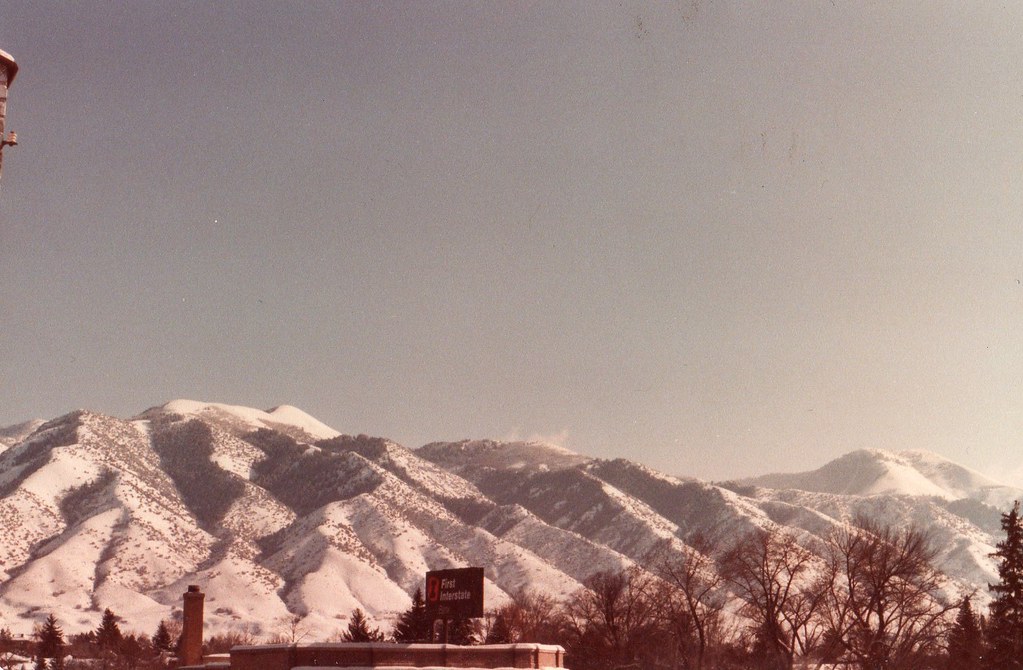
FAQ
1. Can beginners climb Mount Logan?
Not for the inexperienced —this difficult climb is recommended for experienced mountaineers.
2. Is there wildlife around Mount Logan?
A lot of wildlife is in the area, but it’s best just to give them a look from afar.
3. Are there other activities for non-climbers?
Yes, activities such as trekking, kayaking, and wildlife watching are possible in the area.
4. Why do climbers need to acclimatize?
Your body needs time to adjust to high elevations, which is why most people get altitude sickness.
5. How can I stay safe from animals like bears?
Bring bear spray, take out your camera, and give them a wide berth.
Conclusion
Mount Logan is not just a massive mountain; it’s a testament to adventure and perseverance and to the incredible natural beauty of Canada.
Whether you’re a seasoned mountaineer or just someone who can’t get enough of the great outdoors, Mount Logan is here to tempt you with its many mysteries.
After all, what other mountain would tempt you with challenging climbs and stunning views? And remind you of your need for adventure and your sense of wonder?
So as you contemplate mountains and their grandeur, think of Mount Logan, standing strong and majestic in the heart of the Yukon.
